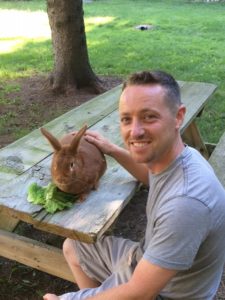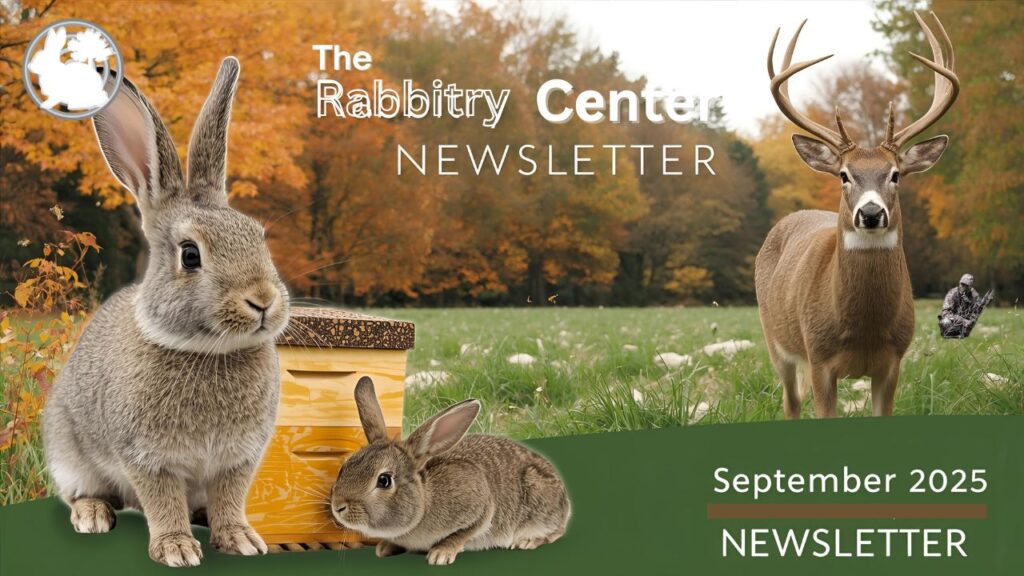
September is one of those months where everything starts to shift, the weather, the animals, and our routines. Whether you’re managing your rabbitry, preparing bees for winter, or getting into the woods for deer season, there’s a lot happening right now.
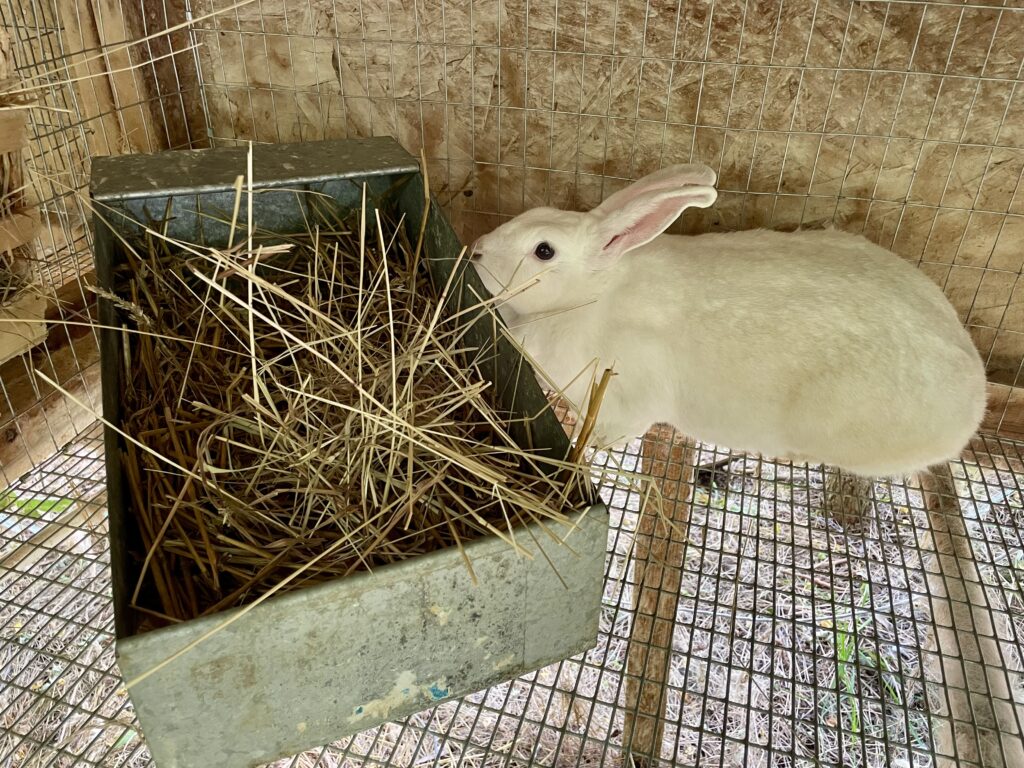
🐇 Rabbitry Updates – Preparing for Seasonal Change
As cooler weather approaches, rabbit breeders fall into two categories:
Starting a breeding cycle (for those heading into a mild fall/winter).
Shutting down breeding (to rest does and bucks before spring).
👉Winter breeding Tip: If you’re breeding into the cooler months, make sure nest boxes are well insulated and does have plenty of hay. If you’re winding down,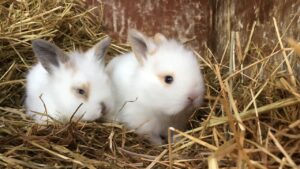 focus on body condition (the rabbit in the picture above needs to gain a little weight before rebreeding).
focus on body condition (the rabbit in the picture above needs to gain a little weight before rebreeding).
Healthy does and bucks will rebound better when you restart in spring. If you plan to breed over the winter, tap to watch a video that shares tips for winter-breeding.
In Michigan, September brings gardening, beekeeping, and a slowdown in rabbit breeding as deer season begins. While we can breed through winter, we prefer processing rabbits in spring, summer, and fall, leaving winter as a rest period to avoid harsh weather, slow sales, and frozen walks.
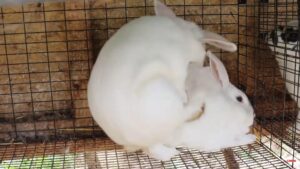 This is also a great time to cull and introduce new bloodlines. Consider reserving a rabbit or two to refresh your herd after line breeding. If you want to learn more, my course video this month covers trio production, balancing chores, line breeding strategies, and diversity percentages, helping you achieve up to 7/8 of a champion rabbit in the offspring.
This is also a great time to cull and introduce new bloodlines. Consider reserving a rabbit or two to refresh your herd after line breeding. If you want to learn more, my course video this month covers trio production, balancing chores, line breeding strategies, and diversity percentages, helping you achieve up to 7/8 of a champion rabbit in the offspring.
Check it out here: [Line Breeding Video].
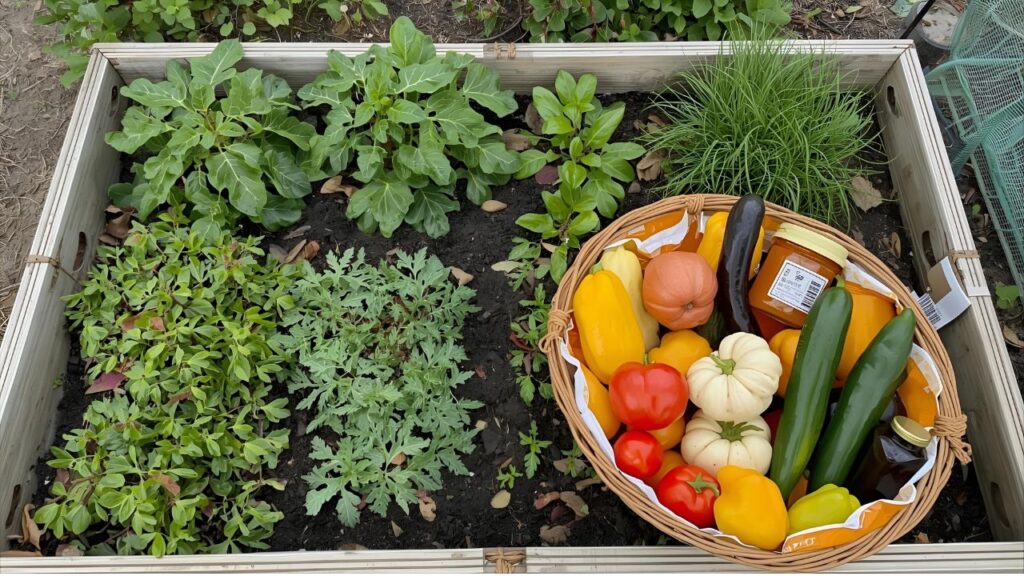
🌱 Gardening Updates
(Seasonal planting, harvesting, food preservation, raised bed care)
For Michigan gardens in September:
Harvesting now: Tomatoes, peppers, beans, squash, melons, cucumbers, potatoes, carrots, beets, onions, and herbs.
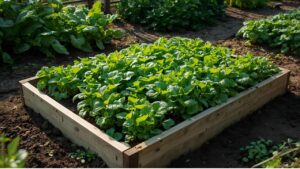
Fall crops still going: Kale, collards, cabbage, broccoli, and brussels sprouts thrive in cooler temps.
Planting/Extending: Lettuce, spinach, radishes, and turnips can still be seeded for a fall harvest.
Food preservation focus: Cutting back fodder trees, Canning tomatoes, pickling cucumbers, dehydrating herbs, freezing peppers & Harvesting the last of the honey, apples and pears.
Bed prep: Pull
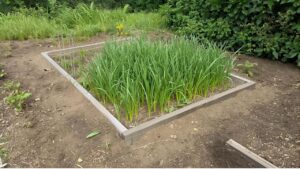 spent summer plants, add compost, cover bare beds with mulch, leaves or a cover crop (winter wheat) to protect soil health.
spent summer plants, add compost, cover bare beds with mulch, leaves or a cover crop (winter wheat) to protect soil health.

🐝 Beekeeping – Fall Harvest & Oxalic Acid Treatment
This month I finished my final honey harvest and turned my attention to preparing hives for winter. Cold weather is the perfect time for oxalic acid vaporization treatments, with brood cycles slowing, you can hit varroa mites hard before they overwinter with your bees.
preparing hives for winter. Cold weather is the perfect time for oxalic acid vaporization treatments, with brood cycles slowing, you can hit varroa mites hard before they overwinter with your bees.
Some beekeepers also choose this time to requeen hives:
Best time: Early fall, before colonies cluster too tightly.
How to go about it: Introduce a caged queen after removing the old one. Give the colony a couple days
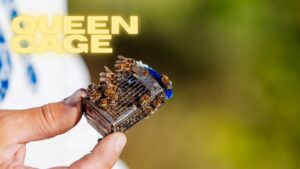 before releasing her. A strong, young queen improves overwinter survival and colony buildup in spring. Tap to watch us introduce a new queen to a colony of honey bees.
before releasing her. A strong, young queen improves overwinter survival and colony buildup in spring. Tap to watch us introduce a new queen to a colony of honey bees.
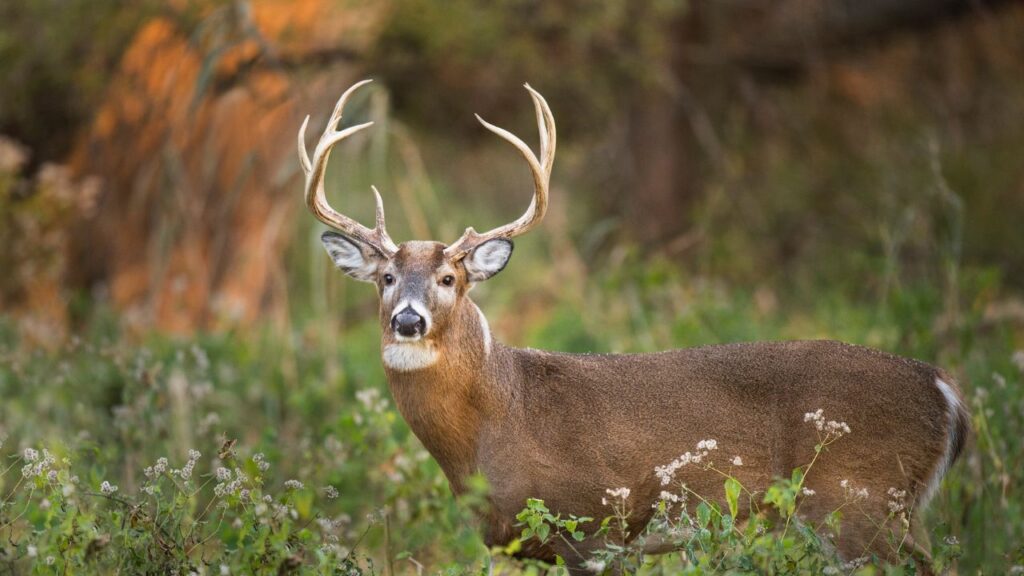
🎯 Deer Hunting – Early Season Strategies
Deer season is kicking off, and early September is all about patterning deer before rut behavior changes everything.
Early doe hunts: Great opportunity to fill the freezer early and take pressure off later hunts.
Watch All Michigan Seasons Video
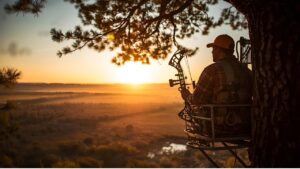
Bowhunting strategies: Focus on food sources, apple trees, soybeans, acorns, early-season plots and water holes. Deer are still on predictable feeding patterns.
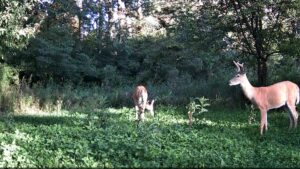 Season progression: Throughout fall 2025, we’ll cover how strategies shift from food-source hunting to pre-rut funnels and eventually rut stand locations.
Season progression: Throughout fall 2025, we’ll cover how strategies shift from food-source hunting to pre-rut funnels and eventually rut stand locations.

